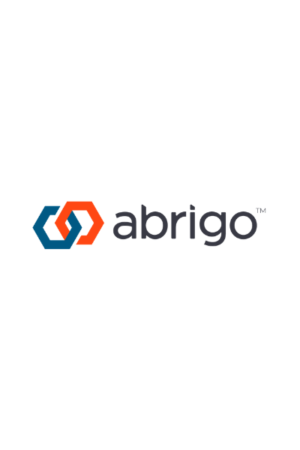All financial institution personnel play a role in the maintenance of positive asset quality through loan portfolio management, especially during periods of growth. The credit process inherently has risks. But as the OCC instructs examiners in its Comptroller’s Handbook, loan portfolio management is the process by which these inherent risks are managed and controlled.
In a recent poll, bankers seem to feel lukewarm about their ability to measure and interpret their credit quality. When asked, “How confident are you in your ability to measure and interpret your financial institution’s credit quality,” only 10% of bankers answered that they felt “very confident.” A majority of respondents fell somewhere in the middle.
So the question is, what can institutions do to get a better handle on the credit risk within their loan portfolio? Here are two suggestions:


